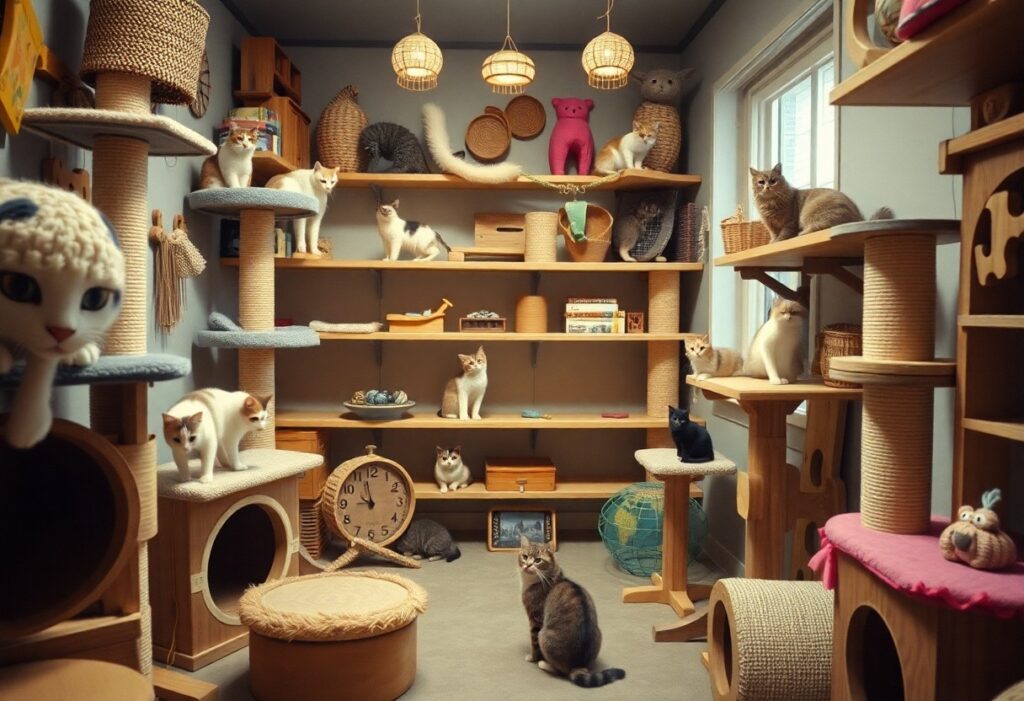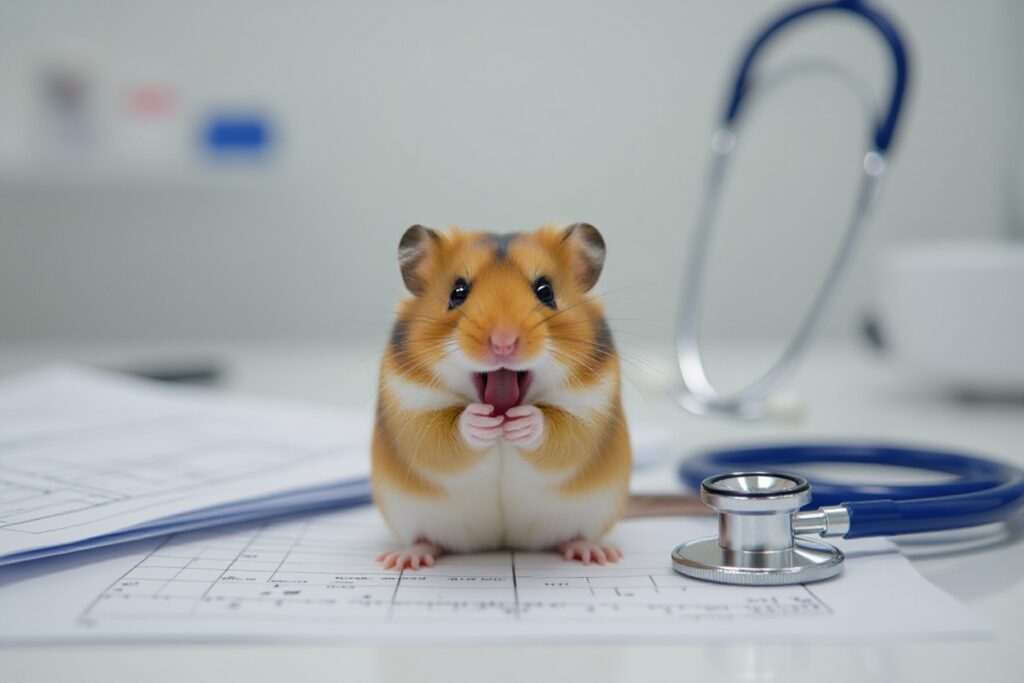You take care of your livestock day in and day out, ensuring they have food, water, and a comfortable shelter. But when extreme weather strikes, are you confident that your animals are adequately protected? In this guide, we will explore important strategies to safeguard your livestock from harsh weather conditions in their shelter. From building design tips to emergency preparations, you’ll learn how to keep your animals safe and secure no matter what nature throws their way.
Understanding Extreme Weather Patterns
Identifying Risks for Livestock
To effectively protect livestock from extreme weather in your shelter, it is crucial to first identify the specific risks they may face. These risks can include extreme heat, cold, heavy rainfall, blizzards, or hurricanes. Understanding the potential dangers your livestock may encounter will help you create a comprehensive plan to keep them safe and comfortable during harsh weather conditions.
The Impact of Climate Change on Weather Extremes
Extreme weather patterns are becoming more frequent and intense due to climate change. This can result in prolonged heatwaves, severe storms, and unpredictable weather patterns that pose significant risks to livestock. As a livestock owner, it is necessary to stay informed about how climate change is affecting weather extremes in your region and take proactive measures to protect your animals.
Understanding the impact of climate change on weather extremes is necessary for safeguarding livestock in your shelter. By staying informed about changing weather patterns and implementing strategies to mitigate risks, you can ensure the safety and well-being of your animals even in the face of extreme weather events.
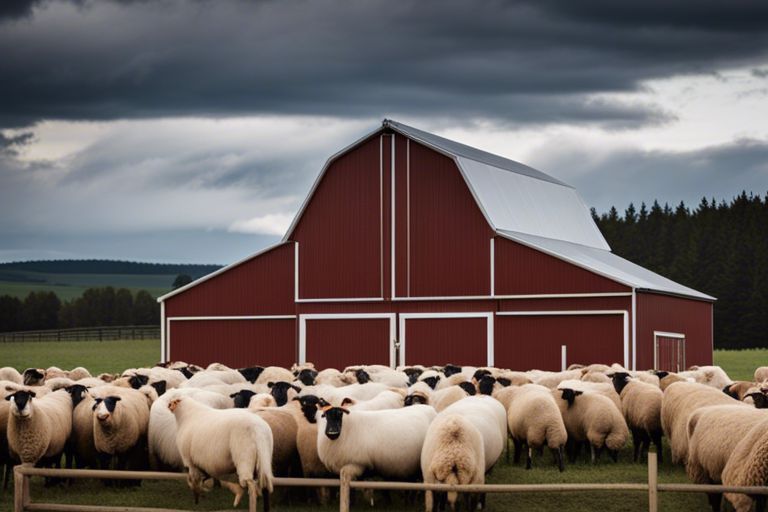
Designing Livestock Shelters for Extreme Weather
Location and Orientation Considerations
Even before constructing a livestock shelter, it is crucial to carefully consider its location and orientation. Shelters should be placed in an area that is well-drained to prevent flooding during heavy rains. Additionally, the shelter should be oriented in a way that protects livestock from prevailing winds and harsh sunlight.
Building Materials and Insulation Techniques
Insulation is a key factor in protecting livestock from extreme weather conditions. By using the right building materials and insulation techniques, you can create a shelter that will help regulate temperature and keep animals comfortable. Some effective insulation materials include straw bales, foam boards, and reflective insulation.
Considerations
When choosing building materials for a livestock shelter, consider the climate of your region and the specific needs of your animals. Proper insulation can help to prevent heat stress in the summer and keep animals warm in the winter. Be sure to insulate the roof, walls, and even the floor of the shelter to maximize its effectiveness.
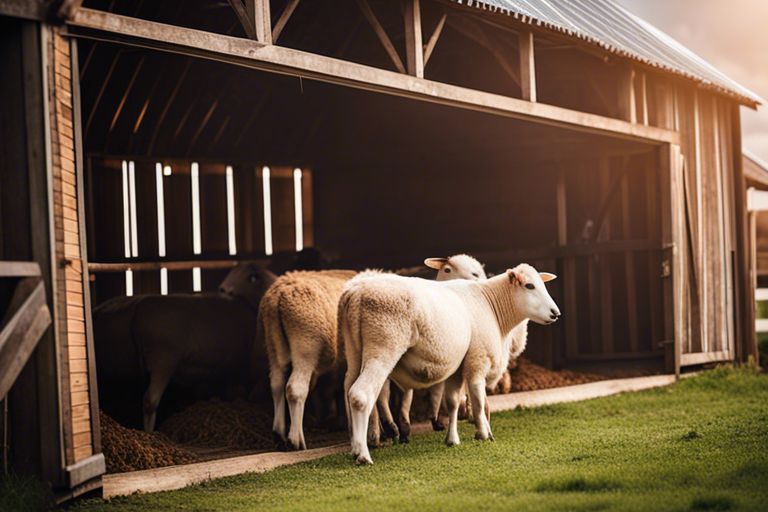
Shelter Management Practices
Emergency Preparedness Plans
For effective shelter management, it is crucial to have well-thought-out emergency preparedness plans in place. Some key components to include in these plans are procedures for extreme weather events, such as hurricanes, blizzards, or heatwaves. Ensure that staff are trained on these procedures and that they have access to emergency supplies like extra bedding, food, and water for the livestock.
Maintaining Ideal Conditions Inside Shelters
Any livestock shelter must prioritize maintaining ideal conditions inside to ensure the health and well-being of the animals. Regular cleaning and disinfection of the shelter are important to prevent the spread of diseases. Additionally, proper ventilation and insulation are important to regulate temperature and airflow within the shelter.
A well-maintained shelter not only protects livestock from extreme weather but also provides a comfortable and safe environment for them to thrive. Regularly inspecting the shelter for any damages or leaks and promptly addressing them can help prevent issues before they escalate.
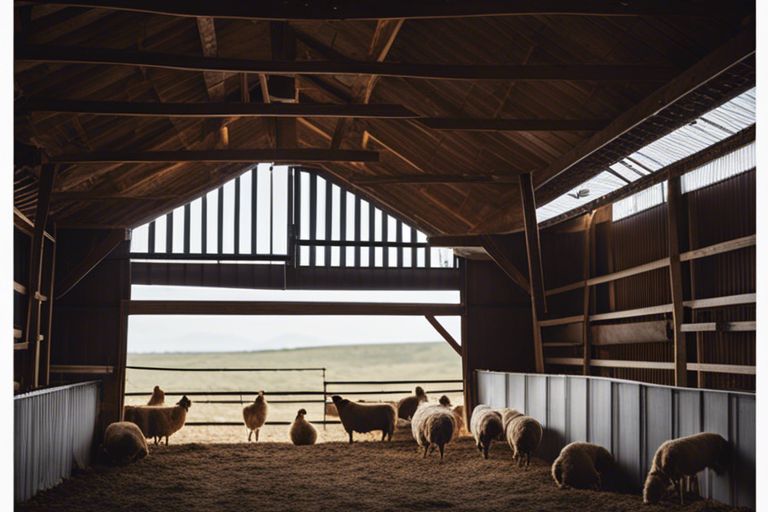
Adaptations and Technological Solutions
Climate Control Systems
Your livestock shelter needs to be equipped with climate control systems to regulate temperature and humidity levels. This is crucial to ensure the comfort and well-being of your animals, especially during extreme weather conditions. Maintaining optimal environmental conditions can help prevent stress-related illnesses and improve overall livestock productivity.
Monitoring and Alert Devices
The use of monitoring and alert devices in your livestock shelter can provide real-time data on temperature, humidity, and air quality. These devices can alert you to any fluctuations in environmental conditions, allowing you to take immediate action. By investing in such technology, you can effectively manage and regulate the shelter’s environment to ensure the health and safety of your livestock.
Solutions such as automated ventilation systems and temperature sensors can help maintain a comfortable and safe environment for your animals. These devices can be programmed to adjust settings based on preset parameters, minimizing the risk of temperature extremes and ensuring optimal conditions for the well-being of your livestock.
Another necessary aspect of monitoring and alert devices is their ability to provide remote access and notifications. This enables you to keep track of environmental conditions even when you are not on-site, giving you peace of mind and the ability to respond promptly to any emergencies.
To wrap up
The importance of protecting livestock from extreme weather in your shelter cannot be overstated. By implementing appropriate measures such as providing adequate ventilation, insulation, and water supply, you can safeguard your animals from the harmful effects of extreme temperatures. Regular monitoring and maintenance of your shelter are crucial in ensuring the well-being and productivity of your livestock. Do not forget, a well-prepared shelter is imperative for the overall health and safety of your animals, so take the necessary steps to keep them protected from the elements.
FAQ
Q: Why is protecting livestock from extreme weather important?
A: Protecting livestock from extreme weather is important to ensure their well-being, health, and productivity. Extreme weather conditions can lead to stress, illness, and even death among livestock.
Q: What are some common extreme weather conditions that can affect livestock?
A: Common extreme weather conditions that can affect livestock include heatwaves, cold snaps, heavy rain, snowstorms, and strong winds.
Q: How can I protect my livestock from extreme heat?
A: To protect your livestock from extreme heat, provide ample shade, access to clean and cool water, and proper ventilation in their shelter. Additionally, consider using fans or misters to help cool them down.
Q: How can I protect my livestock from extreme cold?
A: To protect your livestock from extreme cold, provide sufficient bedding, shelter from wind and moisture, and access to warm water. Consider using heat lamps or heaters in the shelter, especially for newborn or vulnerable animals.
Q: What are some signs that my livestock may be suffering from extreme weather conditions?
A: Signs that your livestock may be suffering from extreme weather conditions include panting, shivering, lethargy, decreased feed intake, and changes in behavior. It’s important to monitor your animals closely during extreme weather events.
Q: How can I prepare my livestock shelter for extreme weather events?
A: To prepare your livestock shelter for extreme weather events, ensure it is structurally sound, well-insulated, and free from leaks. Stock up on bedding materials, emergency supplies, and have a backup power source in case of power outages.
Q: What should I do if a severe weather warning is issued for my area?
A: If a severe weather warning is issued for your area, take precautions to secure your livestock shelter, move animals to higher ground if flooding is a concern, and follow any evacuation orders if necessary. Stay informed and be ready to act quickly to protect your livestock.



